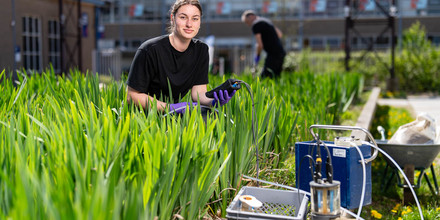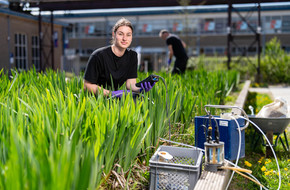But our nature is under threat from a number of factors:
- Industrial activities: emissions of waste to air and water.
- Intensive agricultural practices: Surplus of nutrients such as nitrogen and phosphorus, impact of plant protection products and dehydration due to intensive irrigation.
- Traffic pressure: exhaust fumes and particulate matter.
- Urbanisation: fragmentation of natural Habitats and disruption of natural water cycles.
- Climate change: shifting climate zones requires faster adaptation of species, damage from extreme weather events.
These factors have a negative impact on the resilience of nature and hence the soil that forms the basis of these important ecosystems.
















